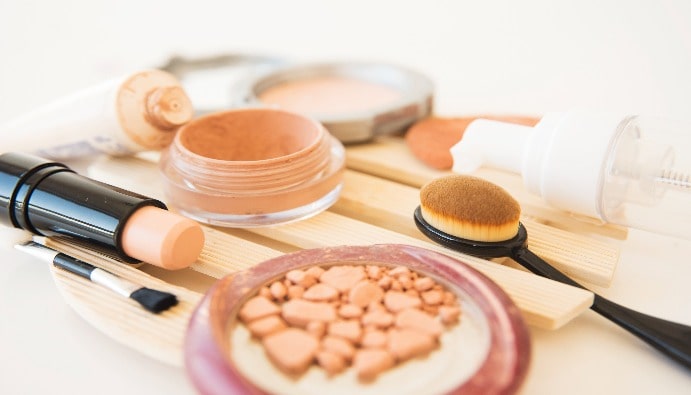Microbiology Analysis in Cosmetics
The first important sign of the safe use of cosmetic products is, of course, the microbiological load. All cosmetic products produced must meet the requirements of the "Cosmetic Product Regulation".Cosmetic products; All products, including raw materials, bulk products, formulated end products, must be microbiologically safe and of good quality. There are tests and analyzes that must be passed in order to say that a cosmetic product is high quality and safe.
1. Protective Efficacy Test
The protective effectiveness test includes the evaluation of the antimicrobial effectiveness of the protective system in accordance with the relevant international standards:
• ISO 11930: Cosmetics — Microbiology — Evaluation of Antimicrobial Protection of a Cosmetic Product
• European Pharmacopoeia (EP) Chapters 5.1.3: Preserving Antimicrobial Activity
• United States Pharmacopeia (USP) Part <52>: Testing for Antimicrobial Efficacy
2. Total Viable Count
Control of microbiological cleanliness for batch release according to ISO 16212 and ISO 21149 standards or European Pharmacopoeia criteria.
• Quantitative Test for Mesophilic Bacteria (ISO 21149)
• Quantitative Counting for Yeasts and Fungi (ISO 16212)
3. Research and Identification of Microorganisms
• ISO 18415:2007: Specified and unspecified microorganisms
• ISO 18416: 2007: Candida albicans
• ISO 22718: 2006: Staphylococcus aureus
• ISO 21150: 2006: Escherichia coli
• ISO 22717: 2006: Pseudomonas aeruginosa
• Specific organism microbiological analysis


